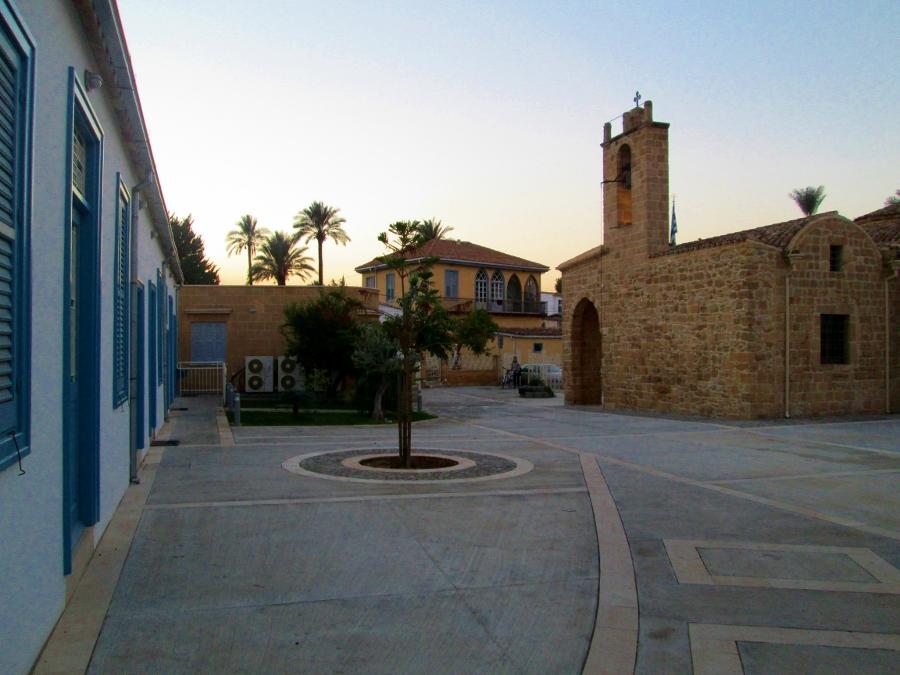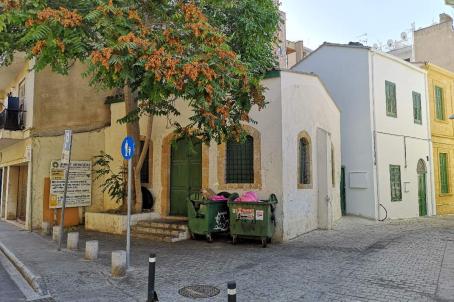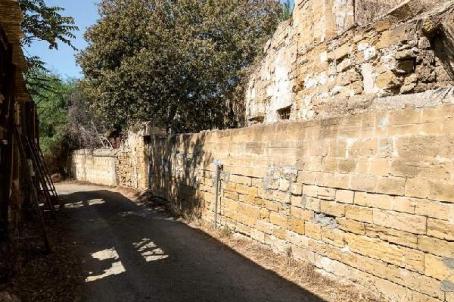Panagia Chrysaliniotissa

Panagia Chrysaliniotissa (Our Lady of the Golden Flax) is considered the oldest Byzantine church in Nicosia, as it is sometimes dated to the 5th century. However, the church was rebuilt and given its present name in the 11th century when the inhabitants discovered an icon of the Virgin Mary with the child, which was hidden in the ruins of the church behind a flax grove. Finally, a new church was built around 1450 by Queen Helena Palaeologina (1442-1458). The church is famous for its rich collection of old and rare icons.





